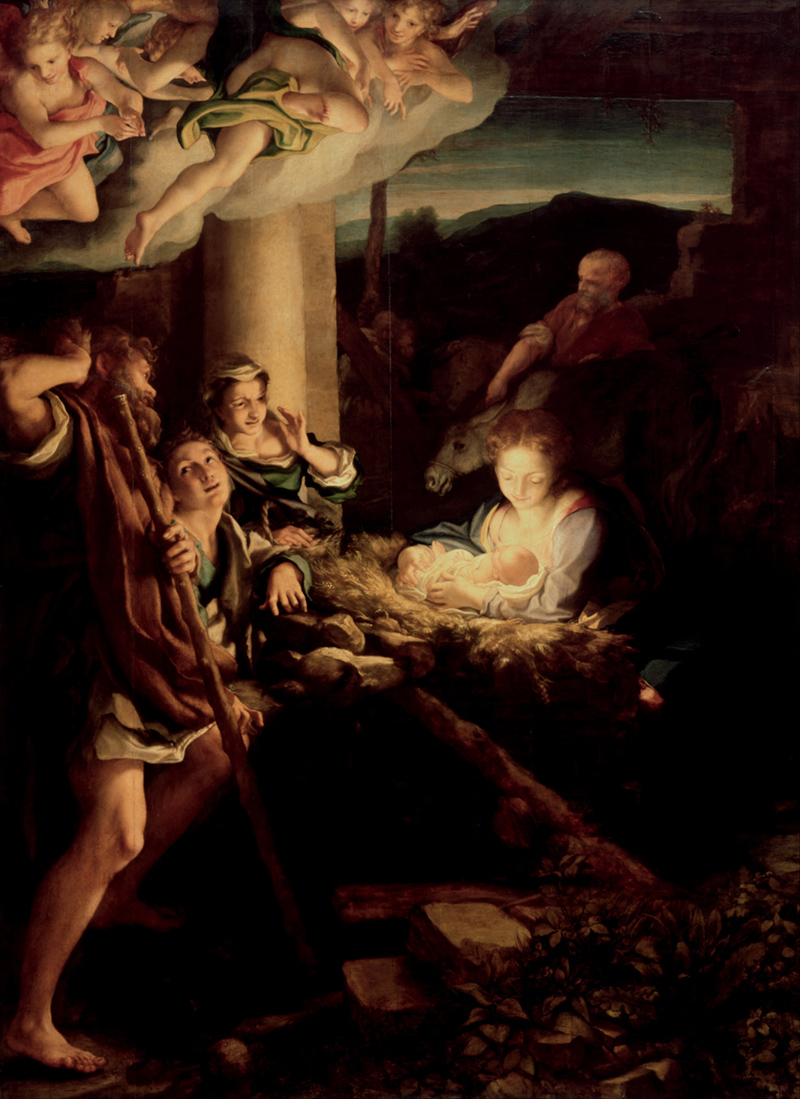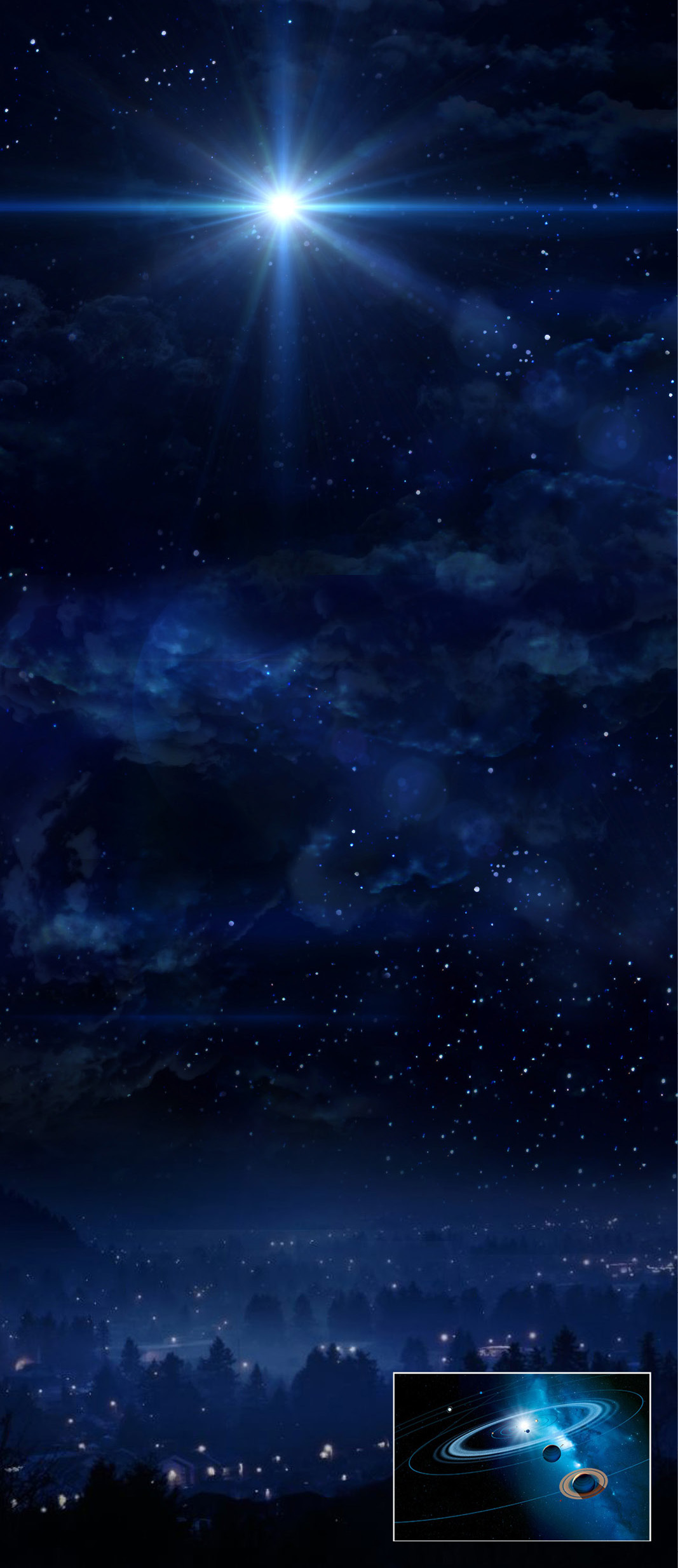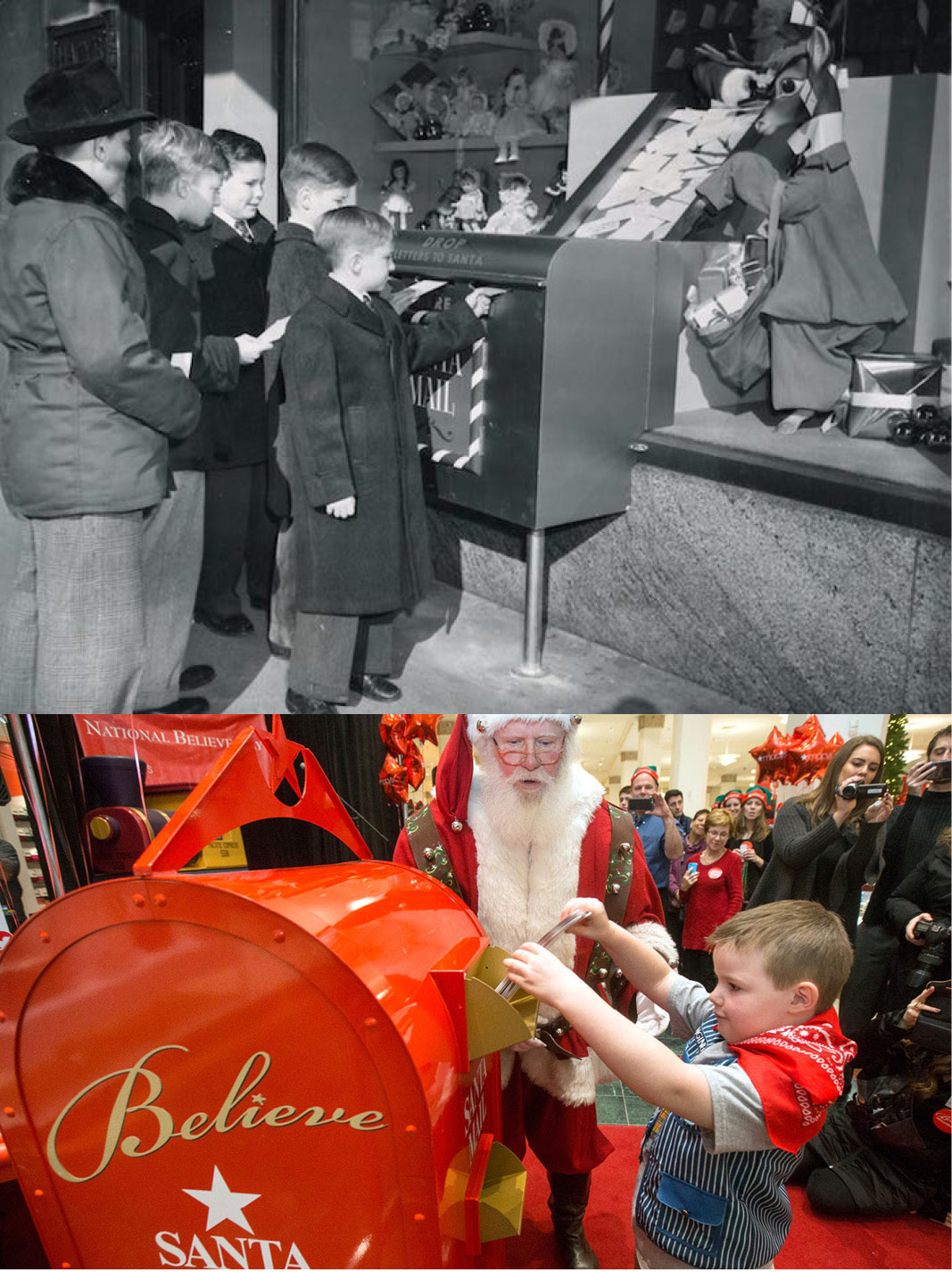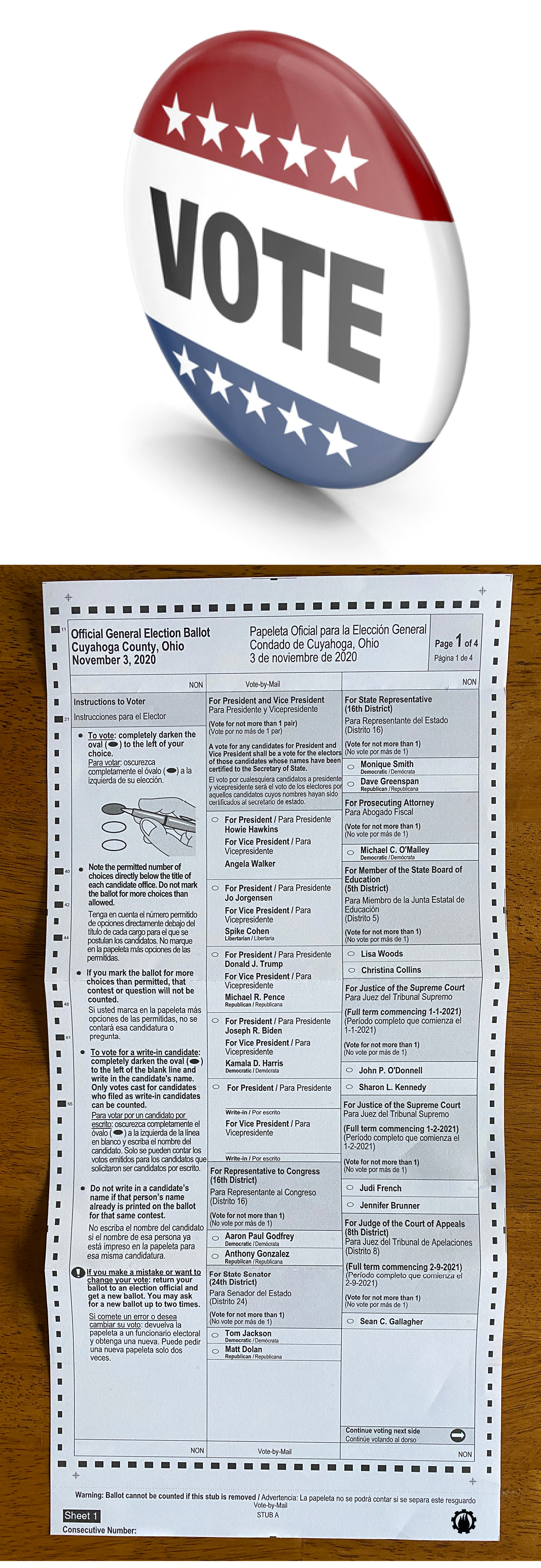Merry Christmas

The Nativity at Night, 1640 (oil on canvas), Guido Reni.
From the whole Kowalski Heat Treating family to yours.

The Nativity at Night, 1640 (oil on canvas), Guido Reni.

Yep, this is a special Monday post for all that I think you will really enjoy! As the story in the Christian Gospel of Matthew goes, a bright star rose after the birth of Jesus Christ that the wise men then followed to find him. Was it a comet? A supernova? Could it have been something special with the planets? Beginning tonight, just after sundown there will be a “great conjunction” (a conjunction is an apparent passing of two or more celestial bodies while a great conjunction refers only to Jupiter and Saturn converging). Be sure to find someplace to view this special once in a lifetime event – we think it’s worth watching!
Perhaps it’s a blessing to us all in these most difficult times.
Wishing you good tidings, clear skies and wide eyes always.

Ugly Christmas sweaters are a real thing! They can be bought at the store and online. Or you can make your own. Above are some inspirational ugly sweaters to start you off. Oh, and look, there I am in my ugly Christmas sweater! If you can spot me let me know what’s on my sweater in an email for bonus points. And email a picture of you in your ugly sweater for even more bonus points. Above all, have fun and a very Merry Christmas!!!
What likely started out as a joke, has transformed itself into another holiday tradition I’ve come to enjoy – wearing god-awful sweaters. I have an especially lovely seater that I bring out each year. It provides a unique experience for all who are “blessed” to see it! Today marks National Ugly Christmas Sweater Day – celebrated around the world in offices and establishments aplenty. Here are some wonderful examples to spark your creativity for next year – get the sewing needles out and get started – the competition is fierce – and FUN! Thanks to Wikipedia, brittania.com and all those brave enough to wear these silly things. Enjoy!
Companies this year are holding “virtual ugly sweater” photo and video contests, due to in-person restrictions. We’ll likely see some giant coronavirus getups.
::::::::::::::::::::::::::::::::::::::::::::::::::::::::::::::::::::::::::::::::::::::::::
DO YOU LIKE CONTESTS?
Me, too.
As you may know the Kowalski Heat Treating logo finds its way
into the visuals of my Friday posts.
I. Love. My. Logo.
One week there could be three logos.
The next week there could be 15 logos.
And sometimes the logo is very small or just a partial logo showing.
But there are always logos in some of the pictures.
So, I challenge you, my beloved readers, to count them and send me a
quick email with the total number of logos in the Friday post.
On the following Tuesday I’ll pick a winner from the correct answers
and send that lucky person some great KHT swag.
So, start counting and good luck!
Oh, and the logos at the very top header don’t count.
Got it? Good. :-))))
Have fun!!
::::::::::::::::::::::::::::::::::::::::::::::::::::::::::::::::::::::::::::::::::::::::::

Gingerbread. Cookies and cakes and houses, oh my!! Smells like food to me!!!
Ah, the aroma of fresh cookies baking in the oven. Nothing quite like it. And simply nothing like the smell of gingerbread cookies. The crunch. That spicy taste. Molasses, brown sugar and honey – oh my! Dipping in coffee or milk to soften things up, and then boom, into my mouth for a holiday treat. Jackie and the girls are so flipping good at baking – if I didn’t keep up with my workout routines I’d be as big as Santa. One problem is that my ladies very seldom let me assist in the decorating…. still not sure why after all these years! I personally think that my decorating skills would certainly fall into the performance art category! I went searching for info for you to get a better handle on the Gingerbread history and traditions and a few fun recipes to try. Thanks to PBS, fillyourplate.org and befrugal.com for the tid bits.

Ginger root.
Some fun recipes:
Easy Gingerbread Cookies Recipe
Using butterscotch pudding mix, these cookies are easy to make with kids and fun to decorate from Seattle local station KCTS9!
Whole Grain Gingerbread Pancakes recipe
Make these gingerbread pancakes during the Christmas season or anytime for a breakfast that tastes like dessert from the PBS Food Fresh Tastes blog.
Building and Decorating a Gingerbread House
In this segment from “Craft in America,” Grove Park Inn pastry chefs Robert Alger & Iain Jones build and decorate a gingerbread house based on the President’s Cottage at Grove Park Inn.
Mini Graham Gingerbread Houses
Keep the holiday spirit going by making these cute Graham cracker gingerbread houses with your child from the PBS Parents Kitchen Explorers blog.
::::::::::::::::::::::::::::::::::::::::::::::::::::::::::::::::::::::::::::::::::::::::::
DO YOU LIKE CONTESTS?
Me, too.
As you may know the Kowalski Heat Treating logo finds its way
into the visuals of my Friday posts.
I. Love. My. Logo.
One week there could be three logos.
The next week there could be 15 logos.
And sometimes the logo is very small or just a partial logo showing.
But there are always logos in some of the pictures.
So, I challenge you, my beloved readers, to count them and send me a
quick email with the total number of logos in the Friday post.
On the following Tuesday I’ll pick a winner from the correct answers
and send that lucky person some great KHT swag.
So, start counting and good luck!
Oh, and the logos at the very top header don’t count.
Got it? Good. :-))))
Have fun!!
::::::::::::::::::::::::::::::::::::::::::::::::::::::::::::::::::::::::::::::::::::::::::

The Macy’s Thanksgiving Day Parade. Floats and balloons and fun, oh, my!!!
I hope you enjoyed your augmented Thanksgiving yesterday with loved ones and also had a chance to see some of the parade. As a kid, my brothers and sisters always found time to turn on the Macy’s parade and to see the balloons, bands, movie stars and of course Santa. Mom used to say that Santa is now watching us until Christmas Day, so we have to be extra good. My favorite of course was the giant balloons. We used to laugh at the people singing as you could tell they were just mouthing along with the words. I was always amazed at how the folks didn’t just blow away while trying to hold onto the balloons. I had the opportunity after Jackie and I were married to march in a parade as a huge balloon “holder person” in Toledo. I have to say there is definitely a system involved especially when there is a walkway over the street that the balloon has to get under! My girls have grown up watching parts of the parade in between family football games and getting ready for Thanksgiving dinner. I did some digging and found cool information about the parade and its origins. Relax and enjoy your extended weekend. Special thanks to Wikipedia for the info.


::::::::::::::::::::::::::::::::::::::::::::::::::::::::::::::::::::::::::::::::::::::::::
DO YOU LIKE CONTESTS?
Me, too.
As you may know the Kowalski Heat Treating logo finds its way
into the visuals of my Friday posts.
I. Love. My. Logo.
One week there could be three logos.
The next week there could be 15 logos.
And sometimes the logo is very small or just a partial logo showing.
But there are always logos in some of the pictures.
So, I challenge you, my beloved readers, to count them and send me a
quick email with the total number of logos in the Friday post.
On the following Tuesday I’ll pick a winner from the correct answers
and send that lucky person some great KHT swag.
So, start counting and good luck!
Oh, and the logos at the very top header don’t count.
Got it? Good. :-))))
Have fun!!
::::::::::::::::::::::::::::::::::::::::::::::::::::::::::::::::::::::::::::::::::::::::::

It’s been a long week, take some time, read on.
Time. It just keeps ticking along. Over the weekend I was watching a couple of great NFL football games and was all caught up with the time clock. Last-minute heroics seem to be just part of the game these days. Managing the clock. Running the clock down. Taking a knee to end the game. It’s action-packed and keeps us on the edge of our seats. It got me to thinking about my awesome team at KHT, and how we manage our time. We estimate time for jobs, track delivery times and processing times, making sure your PIA (Pain in the @%$) Jobs! come out just right – time after time. Time is so important to how we live too – we do things at a specific time, “later on”, “suddenly”, “after a while”, or even “at the same time”. We use a timer to cook, the alarm to wake us up, and our stopwatch to end an event or finish a run. When a dear friend calls, we “make time” or disappoint them that we’re “out of time”. Today marks a special anniversary of Willard Bundy, the inventor of the time clock – way back in 1888. So, take a few minutes to “punch in”, gather up some trivia, and share with your co-workers during your next zoom chat before you (punch) log out. Thanks to ontheclock.com, Wikipedia, and YouTube for the info and amazing music videos. Enjoy!
If you “have time”, here are some fun songs to play while reading our post – and it’s ok to sing out loud – cause they are awesome!
The Doors – Love Me Two Times
Pink Floyd – Time
The Zombies – Time of the Season
Cindy Lauper – Time After Time
Chicago – Does Anybody Know What Time It Is?
Jim Croche – Time In A Bottle
::::::::::::::::::::::::::::::::::::::::::::::::::::::::::::::::::::::::::::::::::::::::::
DO YOU LIKE CONTESTS?
Me, too.
As you may know the Kowalski Heat Treating logo finds its way
into the visuals of my Friday posts.
I. Love. My. Logo.
One week there could be three logos.
The next week there could be 15 logos.
And sometimes the logo is very small or just a partial logo showing.
But there are always logos in some of the pictures.
So, I challenge you, my beloved readers, to count them and send me a
quick email with the total number of logos in the Friday post.
On the following Tuesday I’ll pick a winner from the correct answers
and send that lucky person some great KHT swag.
So, start counting and good luck!
Oh, and the logos at the very top header don’t count.
Got it? Good. :-))))
Have fun!!
::::::::::::::::::::::::::::::::::::::::::::::::::::::::::::::::::::::::::::::::::::::::::

I admit, I’ll eat anything. And these babies are no exception. Never met a frozen dinner I didn’t like.
Growing up my Mom was simply amazing. 18 kids (yep that’s right) all needed to be fed, bathed, clothed, schooled, nurtured and loved. Never complaining – just a constant outpouring of “Mom love.” I was reading an article the other day, and it sent me back to one of my favorite Mom treats as a kid …TV dinners. Those amazing inventions of meat, gravy, veggies and dessert, all organized into a foil plate. Every once in a while, as a treat, we got to use our folding TV tables, (remember those great inventions) and watch our favorite shows while eating dinner! I can remember later on having those thin rectangular boxes stacked up in the freezer with the name displayed (having to turn my head sideways to read which one of them I wanted next!) And I have to admit it – to this day, I still love the taste of them – the standard pre-packed Swanson specials, like turkey and stuffing, along with the multitude of frozen goodies we can find at the grocery store. With the advances in freezers, packaging and processing, there are so many things we can find in the frozen food aisle – including international foods. Special thanks to Smithsonian and Wikipedia for the info and YouTube for the video. Enjoy the trip down memory lane for those of you who can relate – and shoot me a message as to your personal favorite. YUM!!
VIDEO: Make your own TV dinner!
Swanson 1958 commercial. Wow!
::::::::::::::::::::::::::::::::::::::::::::::::::::::::::::::::::::::::::::::::::::::::::
DO YOU LIKE CONTESTS?
Me, too.
As you may know the Kowalski Heat Treating logo finds its way
into the visuals of my Friday posts.
I. Love. My. Logo.
One week there could be three logos.
The next week there could be 15 logos.
And sometimes the logo is very small or just a partial logo showing.
But there are always logos in some of the pictures.
So, I challenge you, my beloved readers, to count them and send me a
quick email with the total number of logos in the Friday post.
On the following Tuesday I’ll pick a winner from the correct answers
and send that lucky person some great KHT swag.
So, start counting and good luck!
Oh, and the logos at the very top header don’t count.
Got it? Good. :-))))
Have fun!!
::::::::::::::::::::::::::::::::::::::::::::::::::::::::::::::::::::::::::::::::::::::::::

There is nothing we do that doesn’t require counting somehow. You can count on that. And you can count on me to brighten your Friday afternoons. Relax, and count your blessings. :))
What a week. With all the effort, time and money that went into the election, we find ourselves relying on a basic human skill – something that goes back thousands and thousands of years … counting. It’s something that is so natural, we seldom think about its origins or how we learned to count in the first place. As a youngster, I was privileged to watch Sesame Street, and enjoy one of my favorite characters, The Count. Putting numbers to music was brilliant, and I still enjoy the songs and the number of the day especially with my granddaughter. There are expressions we use here at KHT all the time, when it comes to solving your PIA (pain in the @%$) Jobs! – like “you can count on me”, “you can count on it”. Many of us say “count me in/out” and “down for the count”. We “count our calories”, “lose count” and know “it’s the thought that counts”. I’m often “counting my blessings” when I think of my wife, children, grandkids, friends, vendors and amazing customers and the gang here at KHT. I’m also blessed to have married a counting savant. Jackie’s natural abilities astound me, as she can organize numbers and things WAY better than I can even imagine – (if you could see my sock drawer I might have a chance!). Here’s some history and trivia – and a song from The Count – enjoy! Special thanks to Wikipedia and transom.org for the info.
::::::::::::::::::::::::::::::::::::::::::::::::::::::::::::::::::::::::::::::::::::::::::
DO YOU LIKE CONTESTS?
Me, too.
As you may know the Kowalski Heat Treating logo finds its way
into the visuals of my Friday posts.
I. Love. My. Logo.
One week there could be three logos.
The next week there could be 15 logos.
And sometimes the logo is very small or just a partial logo showing.
But there are always logos in some of the pictures.
So, I challenge you, my beloved readers, to count them and send me
a quick email with the total number of logos in the Friday post.
On the following Tuesday I’ll pick a winner from the correct answers
and send that lucky person some great KHT swag.
So, start counting and good luck!
Oh, and the logos at the very top header don’t count.
Got it? Good. :-))))
Have fun!!
::::::::::::::::::::::::::::::::::::::::::::::::::::::::::::::::::::::::::::::::::::::::::

Here’s a little trivia to share with friends. Thanks to constitutioncenter.org for the trivia.
1. Elections took place way before the Constitution was ratified – The English in particular conducted voting soon after they landed in Virginia in the 17th Century. But not everyone could vote and not every office was up for election. But many colonies allowed male adults who owned land to vote for legislators who served in lower assemblies.
2. George Washington and Election Day consumption – In 1758, a young candidate in Virginia for the House of Burgesses footed a huge liquor bill to woo voters on Election Day. George Washington spent his entire campaign budget, 50 pounds, on 160 gallons of liquor served to 391 voters. Buying votes with booze was already a custom in England. Washington also was following a Virginia tradition where barrels of liquor were rolled to courthouse lawns and polling places on Election Day.
3. We wouldn’t recognize an Election Day about 200 years ago – Not only were eating, drinking and parading common, votes could be conducted by a public voice vote. Political parties would also hand out pre-printed ballots for voters to cast, to ensure that people voted for a party ticket. It wasn’t until the 1890s that the Australian ballot, also known as the Secret Ballot, became commonly used in America.
4. The Constitution didn’t spell out when Election Day was – The administration of elections was left up to the individual states in the Constitution, with the exception of some basic requirements for presidential and congressional candidates. States were left to pick their own election days, including when elections for federal offices were held. But any federal election involving the Electoral College needed to be resolved by mid-December.
5. The weather and farming dictated when elections were held – In the 1800s, the agrarian economy was an important factor, and farmers weren’t able to travel easily until the harvest was over. Also, the onset of winter conditions in areas that had winter conditions made travel a problem, so elections typically happened in the late fall.
6. Election Day wasn’t on a fixed day until the mid-19th century – Congress finally stepped in to set a uniform day for presidential elections in 1845 as the first Tuesday after the first Monday in November. This was a scheme borrowed from New York state and it allowed people to observe the Sabbath, travel to vote, and return home for Wednesday, which was observed as Market Day. This was just for presidential elections every four years, but it started a trend.
7. Election voting machines are a 20th Century innovation – The mechanical lever voting machine was patented in 1889 but it took decades for the machines to become commonplace. Jacob H. Myers built the first lever machine used in an election, back in 1892. Meyers said the devices were needed to prevent “rascaldom.”
8. The mechanical voting machine is extinct – The classic mechanical lever voting machine (the one with the moveable curtain our parents used) was phased out by 2010 in the United States. Most votes are now conducted using electronic digital voting machines or by using paper ballots that are sometimes optically scanned.
9. The chance of a “hanging chad” is almost extinct, too – By 2012, punch card voting machines only accounted for 0.02% of machines in use. Back in 2000, it was a problem with the chads (the rectangular pieces of a card punched to indicate a vote), that caused problems with the presidential vote in Florida.
10. Not all states vote on the first Tuesday after the first Monday in November – In years when federal elections aren’t held, not all states feel the need to have an election on a traditional Election Day. In 2015, Oklahoma, Rhode Island and Louisiana held elections later in the month.
BONUS TRIVIA – A one-of-a-kind election that was literally “no contest” when George Washington ran unopposed in our country’s first election. Organized political parties had yet to form, so Washington’s victory is the only one in our nation’s history to feature 100 percent of the Electoral College vote. (The real question in 1788 was who would become vice president. At the time, this office was awarded to the runner-up in the electoral vote (each elector cast two votes to ensure there would be a runner-up.) Eleven candidates made a play for the vice-presidency, but John Adams came out on top.

Halloween costumes have evolved with time and technology. You can get a costume off the rack but making your own is maybe the most fun. Pull out the stops and do a deep dive into theatrical makeup. Like that cutie with the sideways smile next to the joker in row 4. Then there is the shoe family in row 5. But I really love the simplicity of the father-son costumes in rows 6 and 7. Elvis and his guitar, the Blues Brothers, Where’s Waldo and Spy vs Spy. Look at these cool couple’s costumes in row 8: Pencil & Paper and Jack & Jill after rolling down the hill. But in row 9 are my favorite subjects, food, like Bacon & eggs. And a friend of mine dressed as Mustard & Ketchup one year. Babies are always fun to dress up, too: Carrot, spaghetti, and a cupcake. Then get the pets involved. (that’s when cats will usually leave the room)
With all that’s going on, I just can’t skip Halloween. I know it’s the kid in me, but I have such fond memories of candy, decorations, pumpkin carving, and costumes. As a kid, I LOVED going to the store with my parents and picking out a costume. I remember the plastic face mask and the clothes – especially the capes! (and sword or pitchfork). Having a cape made you into a superpower – and it was even cooler running door to door and having it flap in the breeze. I’m sure mom and dad have pictures of me dressed up with my brothers and sisters – with 18 kids in the family, it was quite the task to get us all dressed, and then organized to go door to door. The memories of my girls going out, starting with me carrying them with their little containers to when they graduated to the pillowcases still bring smiles to my face. With Halloween tomorrow, I’m sure you have plans to be safe and socially distant – good luck with that. For my trivia and history buffs, here’s some fun info on how Halloween and unusual costumes came to be. Enjoy! And thanks to History.com and CNN for the info. For some fun music to play while you read along, click HERE.
Top 5 Characters for 2020:
· Carole Baskin from Tiger King. …
· Harley Quinn from Birds of Prey. …
· Wonder Woman from Wonder Woman 1984. …
· Cheerleaders from Cheer. …
· Black Widow. …
· Most popular – witch.
::::::::::::::::::::::::::::::::::::::::::::::::::::::::::::::::::::::::::::::::::::::::::
DO YOU LIKE CONTESTS?
Me, too.
As you may know the Kowalski Heat Treating logo finds its way
into the visuals of my Friday posts.
I. Love. My. Logo.
One week there could be three logos.
The next week there could be 15 logos.
And sometimes the logo is very small or just a partial logo showing.
But there are always logos in some of the pictures.
So, I challenge you, my beloved readers, to count them and send me a
quick email with the total number of logos in the Friday post.
On the following Tuesday I’ll pick a winner from the correct answers
and send that lucky person some great KHT swag.
So, start counting and good luck!
Oh, and the logos at the very top header don’t count.
Got it? Good. :-))))
Have fun!!
::::::::::::::::::::::::::::::::::::::::::::::::::::::::::::::::::::::::::::::::::::::::::
